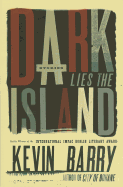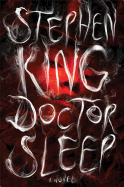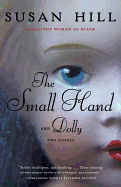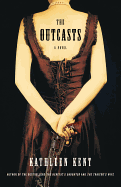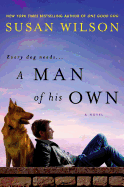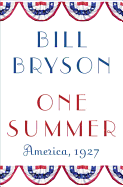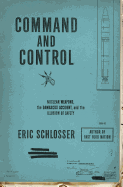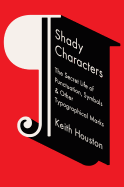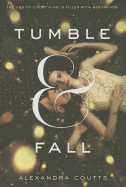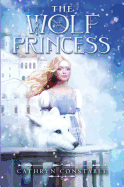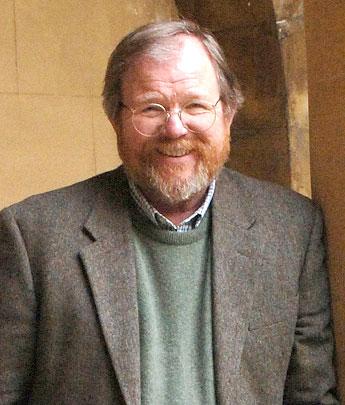 Bill Bryson's books include A Walk in the Woods, I'm a Stranger Here Myself, In a Sunburned Country, A Short History of Nearly Everything (which earned him the 2004 Aventis Prize), The Life and Times of the Thunderbolt Kid and At Home. Now he takes on an eventful season in America in One Summer (see our review below). He was born in the American Midwest, and lives in England with his wife and children.
Bill Bryson's books include A Walk in the Woods, I'm a Stranger Here Myself, In a Sunburned Country, A Short History of Nearly Everything (which earned him the 2004 Aventis Prize), The Life and Times of the Thunderbolt Kid and At Home. Now he takes on an eventful season in America in One Summer (see our review below). He was born in the American Midwest, and lives in England with his wife and children.
When you visited Europe in the early '70s, you took a job in a psychiatric hospital. Did you have writing aspirations at that point or did they come later?
In 1973, when I was 21, I spent a summer hitchhiking around Europe, then stumbled into a job as an orderly at a wonderful old Victorian psychiatric hospital outside London. I intended staying only a few months, but I met a student nurse, and ended up falling for her and for England simultaneously. (I am pleased to say I am still very fond of them both.) All that changed the direction of my life completely, but it didn't actually have anything to do with my writing. That came later.
What triggered the desire to write about America in 1927?
I'd always been fascinated by the thought that Charles Lindbergh flew the Atlantic and Babe Ruth hit 60 home runs in the same summer, and had long wondered if it would be possible to write a dual biography. When I looked into it, I found that the summer of 1927 was possibly the most exciting and eventful summer any nation has ever had, and that Lindbergh and Ruth were only part of it. So the book became the summer itself rather than just those two figures.
One Summer covers an array of people and events from 1927. Did the final project include everything you wanted or did you have to do much cutting along the way?
The problem wasn't so much eliminating things as keeping so many stories going simultaneously. As I have just indicated, the summer of 1927 was staggeringly eventful: it saw the birth of talking pictures, the devastation of the Great Mississippi flood, the invention of television, the executions of the anarchists Sacco and Vanzetti, the starting of work on Mount Rushmore, the massacre of 37 schoolchildren in Michigan, the famous long-count fight between Jack Dempsey and Gene Tunney, Calvin Coolidge's unexpected decision not to run for re-election, and a whole lot more. Keeping all those stories going at once was slightly hair-raising.
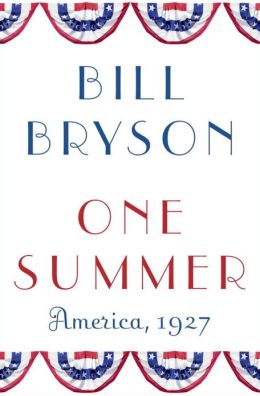 I was especially drawn to the small factoids throughout the book. Does the format lend itself to including most of what you find?
I was especially drawn to the small factoids throughout the book. Does the format lend itself to including most of what you find?
No, you have to be selective--and I found that to be the case more so here than with other books I have done. Although the book only covers five months of the nation's history, because the United States is such a big and busy and diverse place, there were lots of small or incidental stories I couldn't get in.
What was the most fascinating thing you learned working on this book?
Well, one thing I certainly didn't appreciate when I started work on the book was how brilliant Lindbergh's flight was. When a rival team tried to repeat Lindbergh's feat shortly afterwards in a plane with a crew of four--pilot, copilot, radio operator and a dedicated navigator--it missed Ireland by 200 miles and couldn't find Paris at all. Lindbergh's flight was very possibly the greatest piece of flying in history.
Did One Summer involve straightforward library and Internet research or did you encounter some unusual experiences preparing for this book?
The most painful experience was driving all the way from Chicago to Little Falls, Minn., to see Lindbergh's boyhood home and arriving to find that it had just closed for the winter. But at least I was able to see the house from the outside and to have a good look around the town. Apart from that one setback, all the research was pretty straightforward. The high point was spending a day with Alex Spencer and Robert van der Linden, curators at the National Air and Space Museum in Washington, D.C., and having them point out to me features of the Spirit of St. Louis that I wouldn't otherwise have noticed or understood.
You're often labeled as a "humorous travel writer." Has humor always been a priority for your writing?
I have always admired writers who know how to be serious but can make you smile, too--John Kenneth Galbraith and Stephen Jay Gould, for instance. Anyway, I defy anyone to write about Calvin Coolidge learning to fish without seeing the comical side of it.
What was the most memorable research experience for any of your books?
The most memorable experience, because it was so personal and unrelenting, was trying (not very successfully) to hike the Appalachian Trail for A Walk in the Woods. It was murder!
Many of your works have been of rather significant breadth. When you finish a book, do you feel exhausted of the subjects or do you find yourself continuing to engage with them?
For me, the interest remains, though there is a certain relief in no longer having to make your brain struggle to try to understand difficult concepts like the nature and behavior of subatomic particles.
Until a couple of years ago, you were Chancellor of Durham University. Wihtout those responsibilities, what's filling your "free time?"
I keep trying to wind down my outside commitments, but then other worthy things come along. I am just about to go off and take part in a charity hike in Newcastle-upon-Tyne for an old friend whose little boy was recently diagnosed with leukemia.
Is there any thing or any place you've had an interest in that you haven't had the right opportunity to write about--at least not yet?
I would love to do a book on Canada. Publishers always beg you to write about anything else because nobody wants to read a book on Canada, but to me that just makes the challenge of it all the more appealing. --Jen Forbus of Jen's Book Thoughts
Bill Bryson: One Author, One Summer
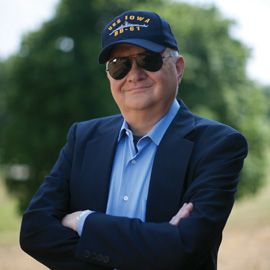




 I was especially drawn to the small factoids throughout the book. Does the format lend itself to including most of what you find?
I was especially drawn to the small factoids throughout the book. Does the format lend itself to including most of what you find? 